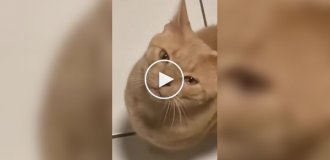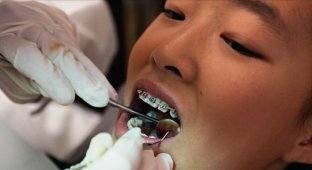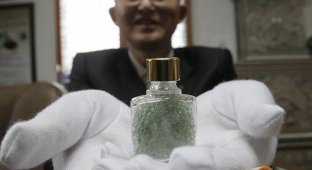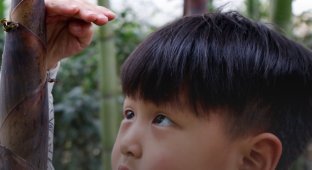Why do Filipinos put clothespins on their children's noses (6 photos)
In Asia, beauty standards are pretty strict. A beautiful oval face in Korea, a double eyelid in Japan, and thinness is held in high esteem in China. But in the Philippines, the biggest marker of beauty is the nose. And in order for their child to be beautiful, Filipino parents stock up on clip-ons from childhood. 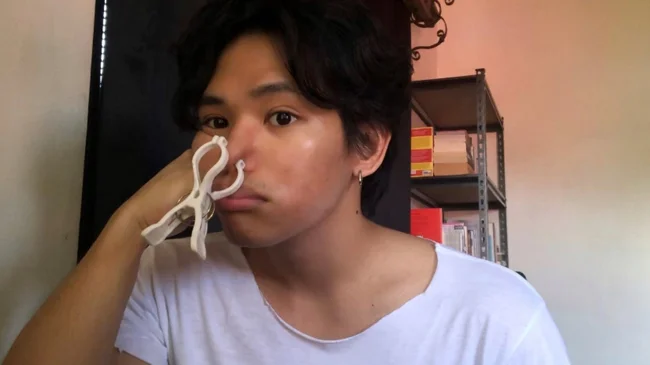
A long-standing Filipino tradition
From childhood, parents teach their children basic things: wear clean clothes, say thank you, and don't forget to wear a clip-on nose for at least an hour or two a day to keep the nose pointed. After all, they are growing, and the nose is just forming, then you will regret it when you become a teenager!
It all starts at 3-4 years old, it is especially hard for girls, because in traditional culture it is much more important for them to be beautiful. 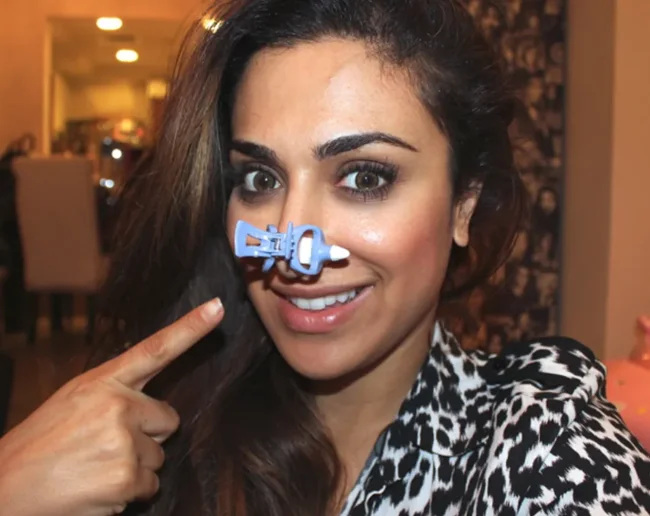
When you are a beauty, but you can't get rid of the habit
You need to wear a clip so that the nose is not wide and flat, you know, such a typical Asian nose, which for some reason they do not like in themselves. They even sell special wide clips to pinch everything from the bridge of the nose to the tip of the nose.
It's funny that these things are practically not sold on the European continent, but in Asia it's just a huge market.
There is some logic to this
At the most tender age, the nose is really soft and flexible, and its formation can be slightly changed. If the clamp is hard enough to press on the soft baby bones. 
Kids with flat noses look normal and cute, but NOT ENOUGH for parents
That's why many Filipino children share memories of how painful it was to walk with a clothespin on their nose, but their mother scolded them if they cried.
The Philippines even has its own history of worshiping a narrow, pointed nose.
During the Spanish occupation of the Philippines, beauty standards in the country shifted towards Western facial features, including noses with a high bridge and a pointed tip. Because the occupiers were considered "white bones", people wanted to be like them. 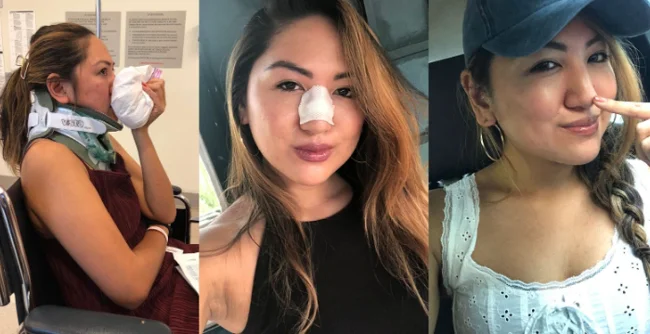
In general, there is a lot of beauty in the Philippines, but the most beautiful are considered to be "long-nosed"
What prompted parents to try to gently impose on their children what genes cannot give. This phenomenon is called "non-invasive rhinoplasty". However, its effectiveness has not yet been proven.
Parents said that their grandmothers also pinched their noses when they were children. Therefore, many Filipinos did not suspect that in other countries it is different. They thought that this was some kind of tradition for all children in the world. 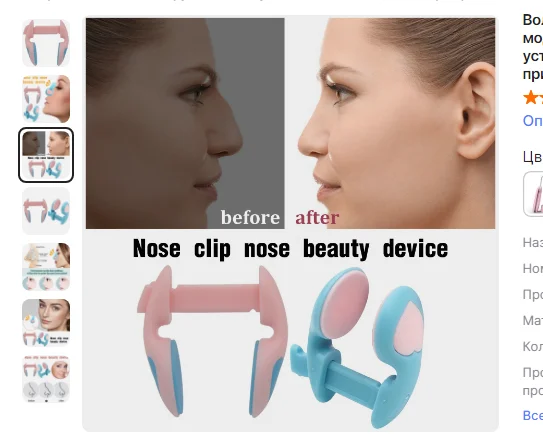
It costs $1.80 on Chinese websites, so anyone can afford it
And then many people posted TikToks about “remember how they pinched our noses when we were kids,” and it turned out that not all kids do that! But it’s too late to change your mind, and many adults in the Philippines still unconsciously pinch their noses when they think about making their noses sharper.
But the tradition itself now seems offensive to young people. 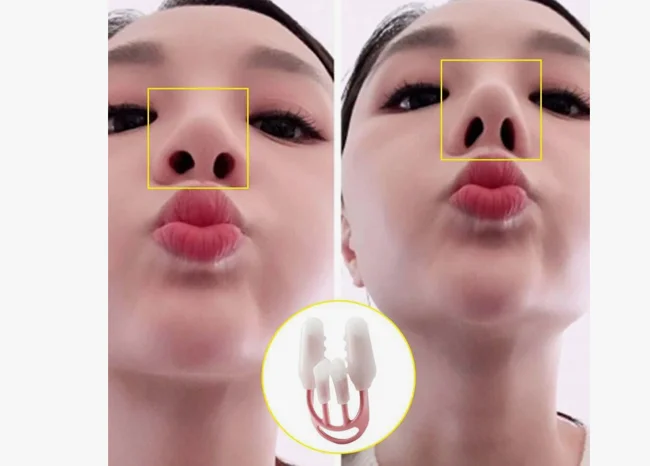
"The closer one is to Western beauty standards, the better a Filipino looks, as if being Filipino is wrong. As if Filipinos have normalized self-hatred."
They're damn right about that. But I bet they'll run to get plastic surgery as soon as they have money? It's hard to beat society.




